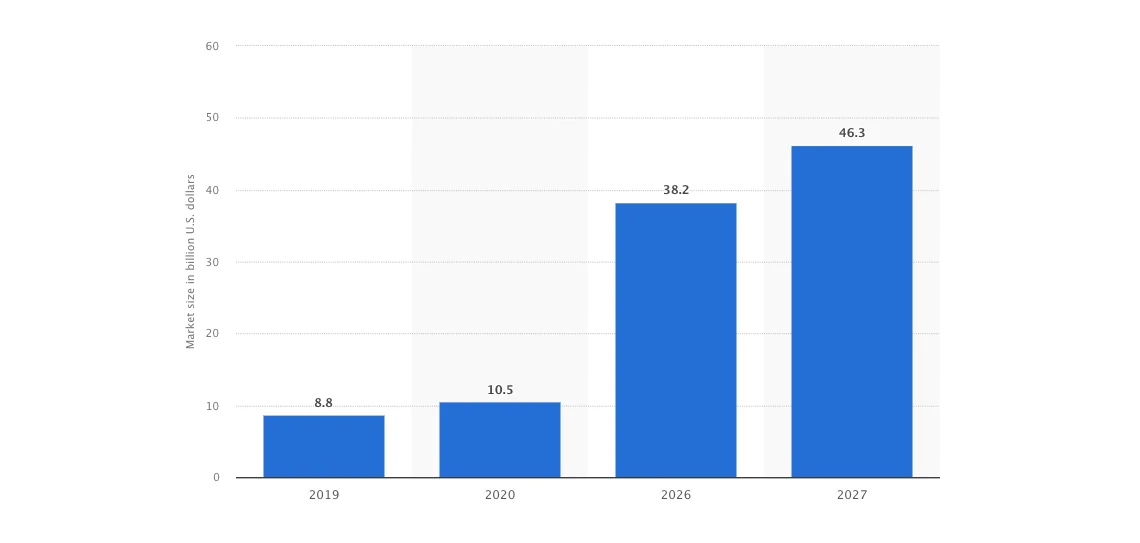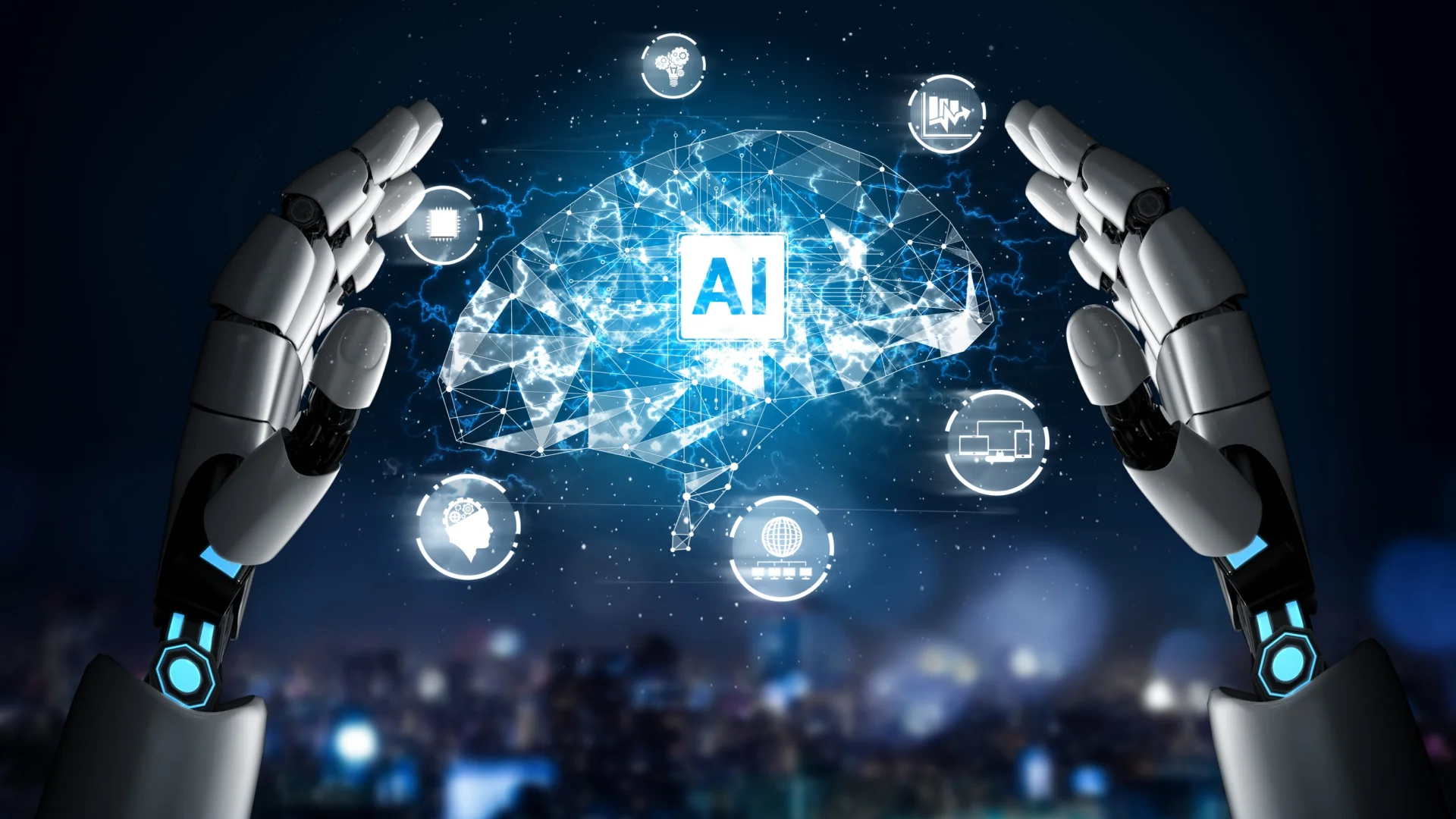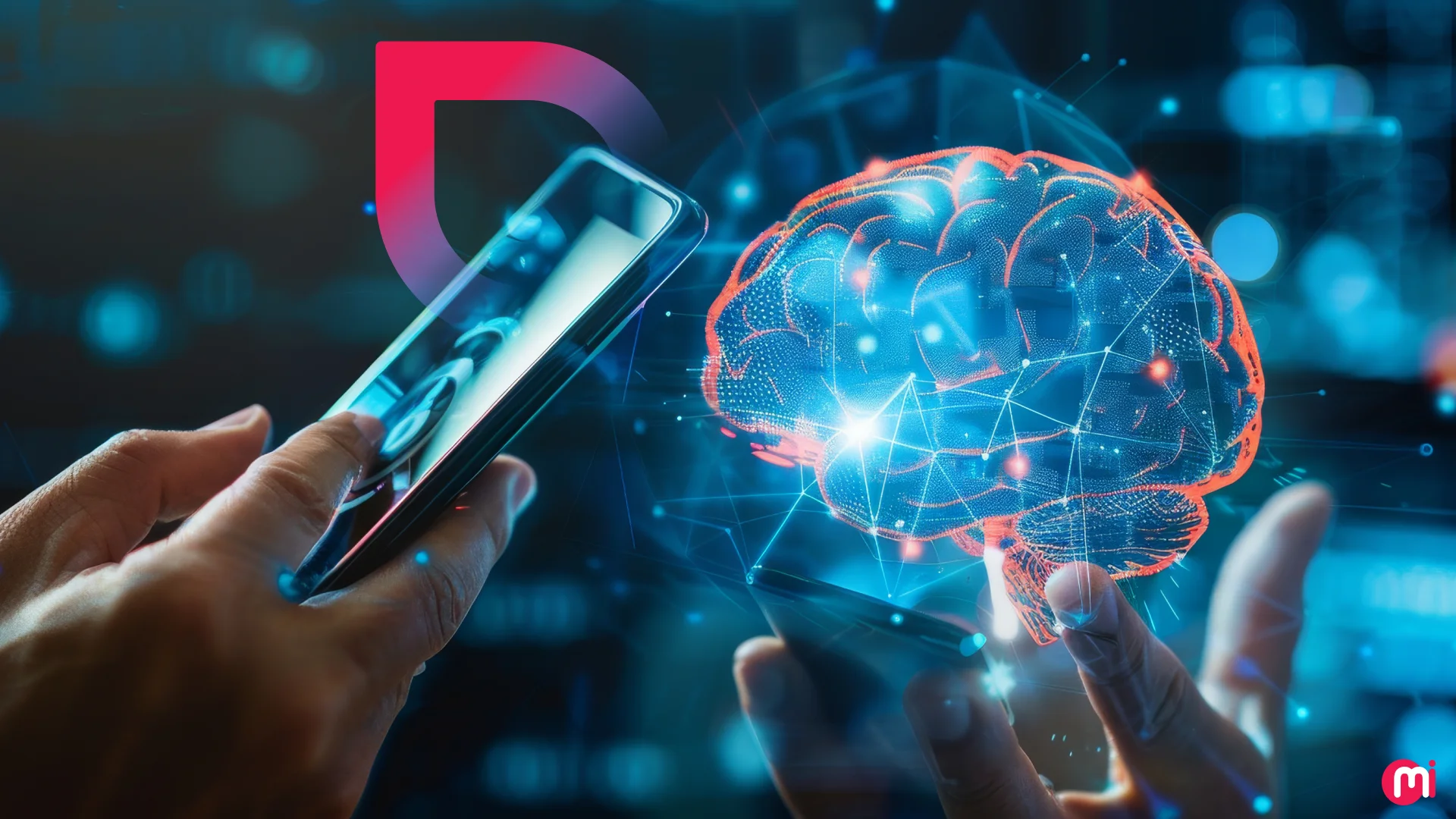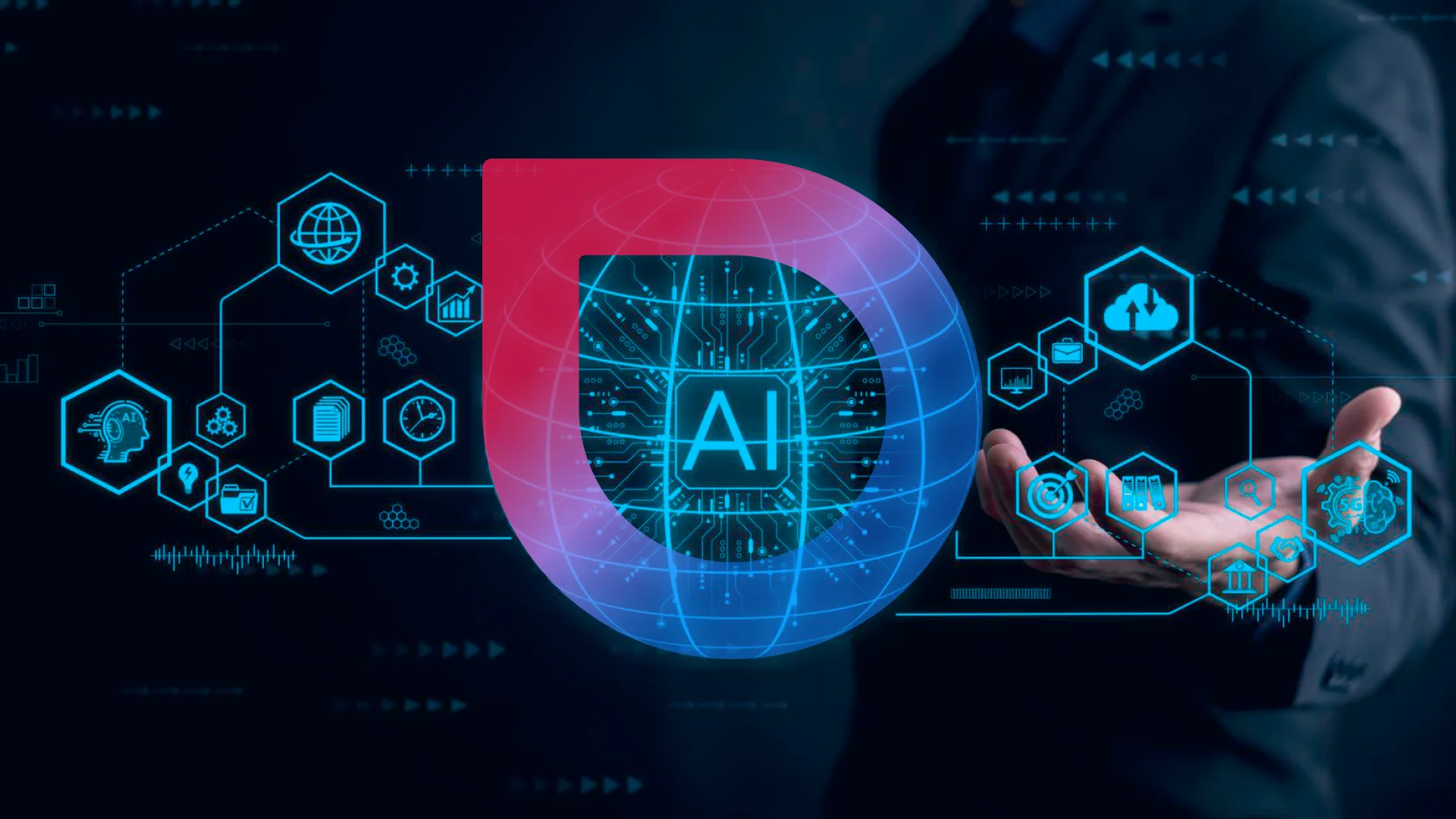Top AI Trends in 2024: The Future of Technology
- AI/ML
- February 22, 2024
From groundbreaking advancements in machine learning to the rise of generative AI, we have witnessed the evolution of AI, shaping our future. Want to know which AI technology trends would benefit your business the most? React to this blog as we explore the latest innovations driving the AI revolution and discover what lies ahead in this dynamic landscape!
The world is shifting from using AI-powered tools to building AI-powered organizations!
The shift is visible in the thought process of the organizations and businesses that were previously adopting AI tools for the generation of text, images, and videos and are now working on ways that can revolutionize these businesses and foster innovation.
Not just businesses, AI has the potential to play a significant part in the world economy. McKinsey projects a substantial contribution to the global economy, estimating that AI will add a remarkable $13 trillion over the next decade.

Having said that, it’s important to recognize that while AI technology continues to advance, human skills will remain essential for its successful implementation and uptake.
Nevertheless, businesses trying to match the pace of technological advancement to stay on top of the curve, are required to stay informed about the latest AI Trends. So these businesses can adapt these AI technology trends in their strategies and future projects.
Latest AI Trends to Follow in 2024
Here are the top 12 Artificial intelligence trends and predictions backed up by AI statistics. These trends help businesses drive innovation and maintain a competitive edge. Take a look at them!
1. Multimodal AI
According to a report by MarketsandMarkets, the global multimodal AI market is projected to grow from USD 1.2 billion to USD 4.5 billion by 2028, at a Compound Annual Growth Rate (CAGR) of 35% during the forecast period.
Unlike traditional AI systems that focus on a single modality( text-based generative AI), multimodal AI integrates information from diverse sources such as text, images, video, audio, and sensor data text, images, video, audio, and sensor data. These different types of data are combined and analyzed together to provide more comprehensive insights and predictions.
The rise of multimodal AI results from the need to enhance accuracy and reduce errors along with increasing robustness, performance, and ability to handle ambiguity better.
2. Customization of Enterprise AI
In an Enterprise AI Software Market Analysis by Mordor Intelligence, the current valuation of the Enterprise AI Market stands at USD 25.10 billion, with a projected Compound Annual Growth Rate (CAGR) of 52.17% during the forecast period. This substantial growth trajectory is anticipated to propel the market to a valuation of USD 204.79 billion within the next five years.
Enterprises need to automate the processes, leveraging advanced data analysis capabilities, personalized chatbots, and more.
Customization of Enterprise AI involves adapting AI algorithms, models, and applications to address specific business challenges and use cases. This could include fine-tuning algorithms to better analyze proprietary data, integrating AI capabilities into existing systems, or developing custom AI solutions to automate specific tasks or business processes.
As AI technology continues to evolve, customization will remain a key trend, empowering enterprises to unlock new levels of efficiency, productivity, and success.
3. API-driven AI and Microservices
API-driven AI refers to the practice of building AI-powered applications accessible through well-defined APIs, enabling seamless integration into existing systems. This approach empowers developers to leverage advanced AI capabilities without extensive knowledge of underlying algorithms.
Further, AI capabilities such as NLP, image recognition, and machine learning models can be encapsulated into microservices and exposed through APIs. These AI microservices can then be integrated into larger applications or workflows, enabling developers to leverage AI functionalities as building blocks to create innovative and intelligent software solutions.
Overall, API-driven AI and microservices provide a flexible and scalable framework for building intelligent applications that leverage AI capabilities to drive innovation and deliver value to users.
4. AI Hallucination Insurance Policy
Adopting AI is not all sunshine and rainbows. Personalities like Elon Musk have raised concerns and at times warned saying AI is one of the biggest threats to humanity, and it is time to get serious about it.
AI hallucination though seemingly harmless at times, is something capable of leading to the spread of misinformation, privacy violations, reputation damage, brand identity theft, and even financial losses.
The AI Hallucination Insurance Policy addresses this concern by providing protection and assurance to organizations and individuals against the unintended consequences of AI-generated content.
5. Shadow AI
The use of artificial intelligence (AI) systems or algorithms without explicit oversight or authorization within an organization that is outside the governance and control of the IT department.
Its rise is to complement or boost employee productivity without hiring additional staff. Though often used unofficially, employees leverage various aspects of AI tools to accomplish business tasks.
However, this unauthorized use of AI tools comes at a cost of legal, functional, operational, and ethical concerns that the organization may have to face.
6. The Next-Gen Generative AI
Large Language Models have made it to most businesses like wildfire, the most relatable example of it is ChatGPT. Given the high-speed pace of AI-powered tools evolution, we are anticipating the advent of the next wave of innovation in generative AI and LLMs.
Apart from more powerful virtual agents, the next generation of Generative AI solutions is like sparse expert models, models capable of fact-checking the generated content themselves, models capable of generating their training data.

7. Ease of Model Optimization
Unlike old times when model optimization was a complex and resource-intensive process, often requiring specialized knowledge and infrastructure. The rise in the number of AI tools and platforms facilitated by hyperparameter tuning, transfer learning, and pre-trained models is making it easier for developers to improve the performance and efficiency of their AI models.
8. Digital Human and Digital Twin
The digital human market surpassed $11.3 billion in 2021 and is expected to reach $125 billion by 2035, according to Garner’s research.
We are moving towards the omnipresence of AI-driven virtual entities designed to simulate human-like interactions and behaviors. Whether it is customer service, healthcare, education, or entertainment, these digital human avatars with their lifelike qualities and adaptive capabilities are designed to enhance user experiences and facilitate seamless communication.
Digital twins, on the other hand, are virtual replicas or representations of physical objects, processes, or systems. They are created using real-time data from sensors, IoT devices, and other sources to simulate the behavior, performance, and condition of their physical counterparts. Digital twins are used primarily in industrial settings, such as manufacturing, healthcare, and energy, to monitor, analyze, and optimize operations.
The digital twin market size as per Markets And Markets report is estimated to grow at a CAGR of 61.3% to reach USD 110.1 billion in 2028 from USD 10.1 billion in 2023, during the forecast period.
9. AI for Solopreneurs and SMBs
According to statistics by Statista, it is anticipated that freelancers in the United States will reach a staggering 86.5 million by 2027, comprising over half, specifically 50.9 percent, of the entire U.S. workforce.
Thanks to AI, the idea of a profitable one-person business is no longer undoable. This solopreneur now has AI by their side to assist them increase productivity. From marketing strategies to content creation, data analysis, automation, and more, AI helps them to streamline operations, enhance productivity, and scale their businesses effectively.
On the other hand, unlike enterprises, SMBs have their set of unique challenges, whether it be limited resources, tighter budgets, or a lack of specialized expertise. One of the major contributions of AI comes from its cost-reduction capabilities along with access to insights, predictive analytics, personalized customer service, and more.
10. Quantum AI
In a research report by Spherical Insights & Consulting, the global quantum AI market(valued at USD 239.4 million in 2023) is anticipated to witness significant growth, reaching a projected value of USD 3,900 million by 2033.
It is simply using quantum computing for the computation of machine learning algorithms. Instead of using 0 or 1 to represent information( as in classical AI), Quantum AI uses qubits that can exist in multiple states simultaneously due to the principles of superposition and entanglement.
The use of qubits enables the processing of vast amounts of information simultaneously, potentially leading to faster solutions/calculations for certain problems compared to classical algorithms.
11. Augmented Working
According to Deloitte’s Global Human Capital Trends survey, a significant 70 percent of participants indicated that their organizations were either in the process of exploring or actively incorporating AI technologies to varying degrees.
Through AI-driven automation, routine tasks are streamlined, freeing up valuable time for employees to focus on higher-value activities. Moreover, AI-powered analytics provide insights and recommendations that empower decision-making and problem-solving. Augmented Working also facilitates seamless communication and collaboration among teams through intelligent virtual assistants and advanced communication tools.
12. AI in Cybersecurity Operations
The value of AI in cyber security market size surpassed ten billion U.S. dollars in 2020, with projections indicating a significant surge to 46.3 billion U.S. dollars by 2027, according to Statista.

Near-real-time threat detection is the need of the hour, given the increasing speed and agility of cybercriminal activities. AI emerges as a formidable ally in fortifying our online defenses. Integrating AI into cybersecurity operations is an innovative way to combat evolving cyber threats.
Harnessing the power of machine learning, AI in Cybersecurity operations provides proactive threat detection, rapid response capabilities, and adaptive security measures.
Build Intelligent Solutions With MindInventory
From providing consultation to building robust AI solutions, MindInventory with its AI/ML app development services has assisted businesses in transforming their ideas into intelligent solutions that drive tangible results. Whether you’re looking to hire AI developers or outsource your AI development project, MindInventory is your trusted partner for crafting cutting-edge AI-driven applications.

Our skilled AI developers are equipped to transform your ideas into intelligent, impactful solutions. From natural language processing to machine learning and beyond, we specialize in crafting AI applications that elevate user experiences and drive business success. Partner with us to get cutting-edge AI development services to bring your AI visions to life.













